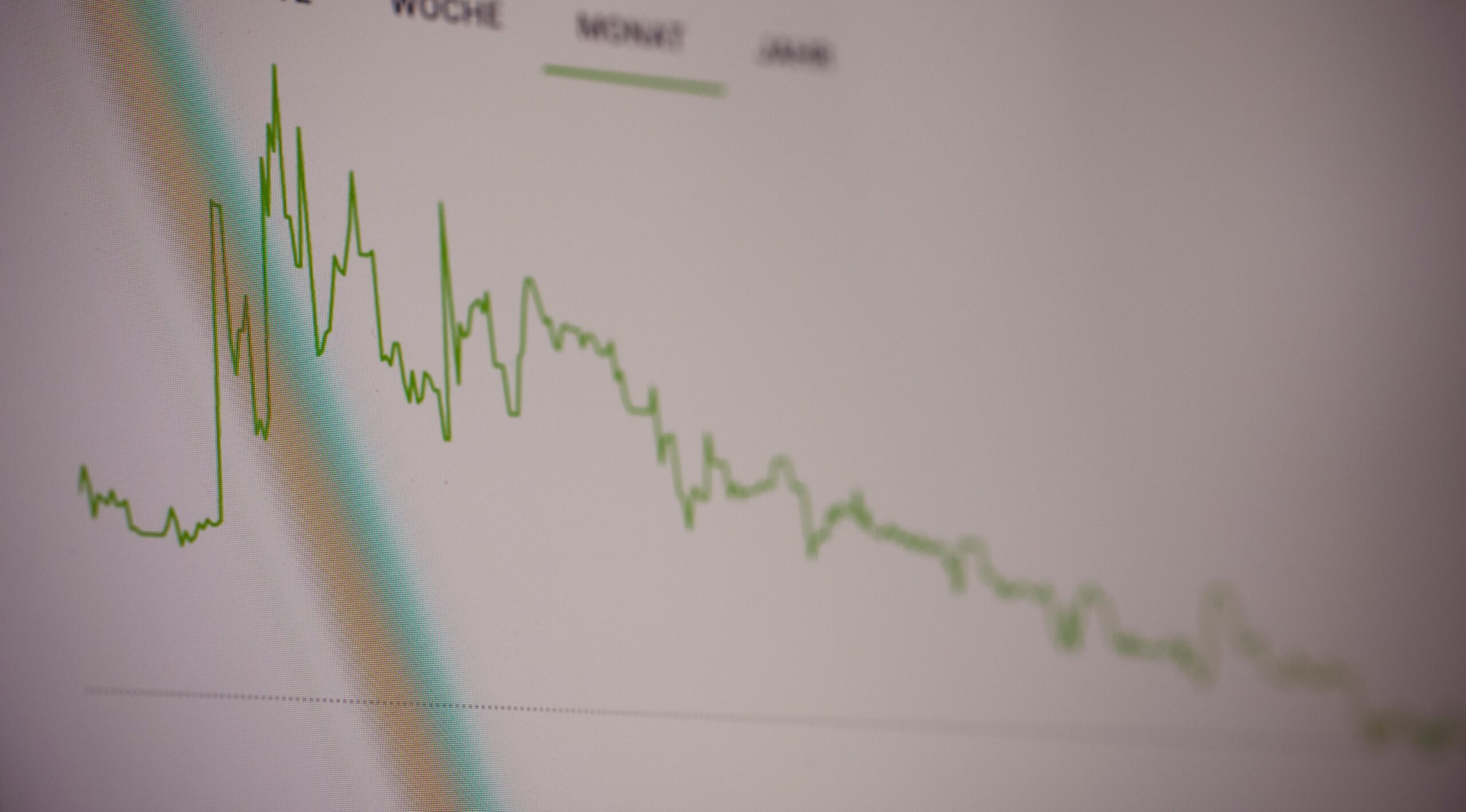The protective put is a popular options trading strategy used by many investors to protect their stock investments against downside risk. The protective put strategy involves buying a put option against a stock that an investor holds in their portfolio. In this article, we will discuss in detail what the protective put trading strategy is, how it works, and the pros and cons of using it.
What is a Protective Put Trading Strategy?
A protective put is a trading strategy in which an investor buys a put option against a stock they already own. This is called a “protective” put because the investor is using the put option to protect against downside risk in the underlying stock. By buying a put option, the investor has the right to sell the stock at a predetermined price (strike price) if the stock price drops below the strike price. This can help to limit losses in the underlying stock and protect the investor’s portfolio.
How Does a Protective Put Trading Strategy Work?
When an investor buys a put option, they are paying a premium to the option seller for the right to sell the underlying stock at a predetermined price (strike price) if the stock price drops below the strike price before the expiration date. If the stock price stays above the strike price, the option will expire worthless and the investor will lose the premium paid for the put option. However, if the stock price drops below the strike price, the investor can exercise their put option and sell their stock at the strike price, which can help to limit losses in the underlying stock.
For example, let’s say an investor owns 100 shares of XYZ stock, which is currently trading at $50 per share. They decide to buy a put option with a strike price of $45 and an expiration date one month from now, for a premium of $2 per share. If the stock price stays above $45 until the expiration date, the option will expire worthless and the investor will lose the $200 premium. If the stock price drops below $45 and the investor exercises their put option, they can sell their 100 shares of XYZ stock at $45 per share, which can help to limit losses in the underlying stock.
Pros of Protective Put Trading Strategy
- Limits Losses: The main advantage of the protective put trading strategy is that it limits losses in the underlying stock. By buying a put option, the investor has the right to sell the stock at a predetermined price if the stock price drops below the strike price. This can help to protect the investor’s portfolio against downside risk.
- Provides Peace of Mind: The protective put trading strategy can provide peace of mind for investors. Knowing that their stock investments are protected against downside risk can help investors to sleep better at night and reduce their anxiety about the stock market.
- Flexibility: Protective put trading is a flexible strategy that can be used in a variety of market conditions. It can be used in both bullish and bearish markets, and can be adjusted based on the investor’s outlook for the underlying stock.
Cons of Protective Put Trading Strategy
- Increases Cost: The protective put trading strategy increases the cost of owning the underlying stock. The premium paid for the put option is an additional cost that must be factored into the investor’s overall investment strategy.
- Limits Profit Potential: The protective put trading strategy limits the investor’s potential profit. If the stock price rises significantly above the strike price, the investor will not be able to fully capitalize on the gains because they will be obligated to sell the stock at the strike price if they exercise their put option.
- Time Decay: The value of a put option decreases over time, which means that the investor’s protection against downside risk is limited to the expiration date of the option.
More information about:
